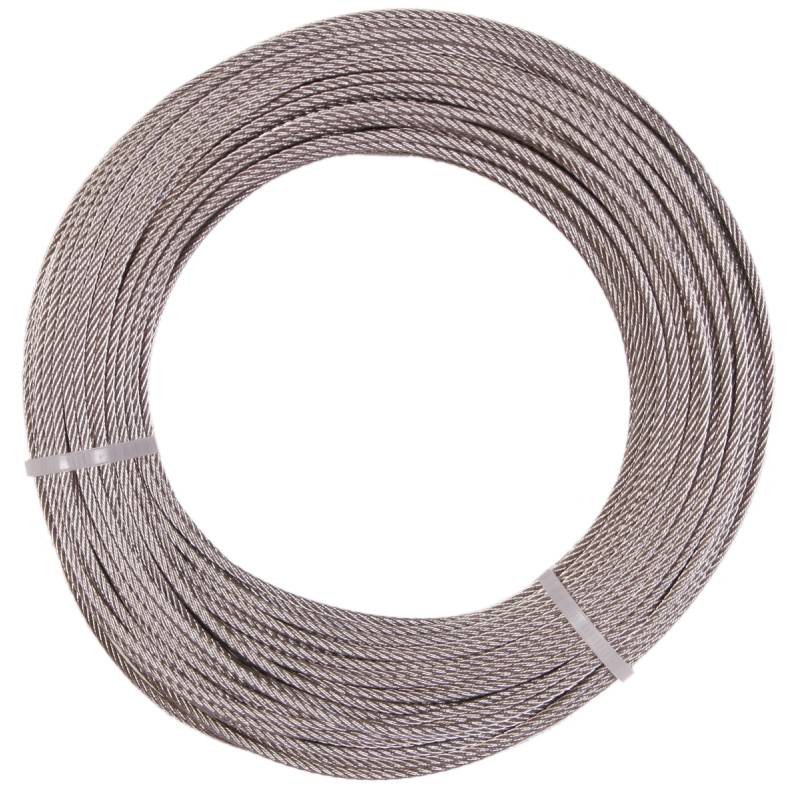16 d common nails
Nov . 13, 2024 10:54
Understanding 16D Common Nails Essential Tools for Construction and DIY Projects
When embarking on a construction or DIY project, selecting the right materials is crucial for ensuring quality and durability. Among various tools and materials, nails play a fundamental role in assembling structures, and one type that stands out for its versatility is the 16D common nail. This article will explore what 16D common nails are, their various applications, and tips for using them effectively.
What is a 16D Common Nail?
The term 16D refers to a specific size and standard used in the United States for nails. The “D” stands for penny, an old term that originated from the price of nails in England in the 15th century—specifically, how many pennies a certain number of nails would cost. A 16D common nail is approximately 3.5 inches long and has a diameter of about 0.162 inches. These nails are typically made from steel, providing strength and durability.
Characteristics of 16D Common Nails
1. Length and Thickness At 3.5 inches long, 16D common nails provide sufficient length to penetrate various materials effectively, making them ideal for heavier framing applications. Their thickness ensures they can hold significant weight, making them suitable for load-bearing structures.
2. Head Design Common nails come with a flat head that allows for easy driving with a hammer and provides a broad surface area to secure materials together tightly. The flat head also helps to minimize the risk of the nail pulling through the wood.
3. Material Typically made of steel, these nails often have a galvanized finish to enhance their resistance to rust and corrosion, making them perfect for both interior and exterior use.
Applications of 16D Common Nails
16D common nails are primarily used in carpentry and construction for various applications, including
1. Framing These nails are commonly used in framing walls, roofs, and floors, providing structural support. Their length allows for penetration into multiple layers of wood, ensuring a solid grip.
16 d common nails

2. Decking For building decks, 16D nails can be used to secure the framing and, in some cases, the boards themselves. The strength of these nails ensures the longevity of outdoor structures.
3. Sheathing and Subflooring 16D common nails are ideal for attaching plywood and OSB sheathing to the framing of a home, as well as securing subflooring in preparation for finished floors.
4. Fencing When building fences, these nails can help secure the boards to the posts, providing stability and longevity against the elements.
Tips for Using 16D Common Nails
1. Choosing the Right Hammer Use a hammer that feels comfortable in your hand and is appropriate for the size of the nail. A claw hammer is commonly used for driving nails, while a framing hammer can be more effective for larger projects.
2. Pre-drilling In harder woods, it may be beneficial to pre-drill a pilot hole to prevent splitting, especially when driving multiple nails close together.
3. Angle Your Nails When joining two pieces of wood, drive the nails in at an angle (also known as “toenailing”) for added strength, as it helps to lock the two pieces together better.
4. Avoid Overdriving Be careful not to overdrive the nails into the wood, as this can weaken the structural integrity. The nail should be flush with the surface but not driven too deep.
Conclusion
In summary, 16D common nails are an essential tool in construction and woodworking. Their size, strength, and versatility make them a go-to choice for a variety of applications, from framing and decking to miscellaneous household repairs. As with any construction material, understanding the proper usage and techniques related to 16D common nails can significantly enhance the quality and durability of your projects. Whether you are a seasoned contractor or a DIY enthusiast, having these nails in your toolbox will ensure you're well-equipped to tackle a wide range of tasks.




















